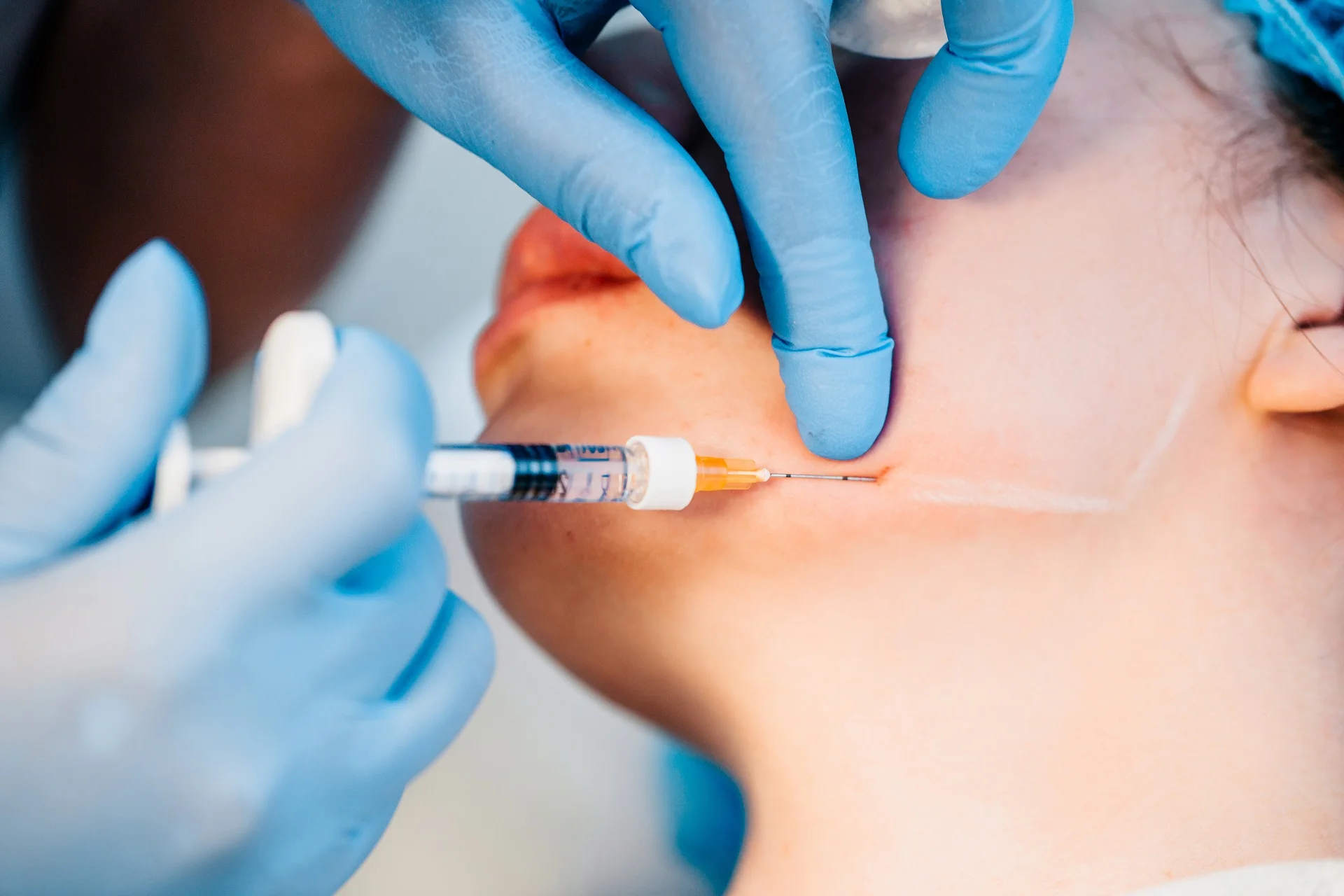Biopsies in New York, NY

Biopsies in New York, NY
An autopsy is a procedure during which an individual’s body is sampled for further examination through the removal of a small sample of tissue. This procedure is crucial for diagnosing various conditions, particularly those related to skin abnormalities. Depending on the condition being investigated, biopsies can be performed on different areas of the body, including the skin, organs, and other tissues. A microscope is used to analyze tissue samples under a microscope in order to detect diseases such as cancer, infections, or other abnormalities.
How Does It Work?
During a biopsy, a medical professional uses a specialized tool to remove a small section of tissue from the area of concern. Depending on the location and size of the area being examined, this process may involve different techniques, such as a punch biopsy, shave biopsy, or excisional biopsy. After removing tissues from the patient, they are sent to a laboratory, where they are analyzed by a pathologist and a diagnosis is provided.
What Are The Different Conditions That Can Be Treated?
Skin Cancer
Biopsies are commonly used to diagnose skin cancer by removing a suspicious mole, growth, or lesion sample to determine if it is malignant or benign.
Suspicious Moles or Growths
Any mole or growth that changes in size, shape, or color can be biopsied to rule out malignancy or other underlying conditions.
Chronic Skin Conditions
Conditions such as eczema, psoriasis, or chronic dermatitis may require a biopsy to confirm the diagnosis and guide treatment options.
Inflammatory Skin Diseases
Biopsies help diagnose conditions like lupus or lichen planus, where inflammation affects the skin, causing rashes or lesions.
Unexplained Rashes or Lesions
When rashes or lesions appear without an apparent cause, a biopsy can help identify the underlying condition, such as an allergic reaction, fungal infection, or autoimmune disorder.
Persistent Skin Infections
Patients with persistent or recurrent skin infections may need to be biopsied to determine the underlying cause or specific pathogen.
Lumps and Bumps Under the Skin
Depending on their benignity, biopsies can help determine whether cysts, lipomas, or other growths under the skin need to be treated.
Unusual Changes in Skin Texture or Color
Skin changes in texture, such as thickening or darkening, may be indications of underlying conditions, such as melanoma or scleroderma.
Skin Tags or Warts
Although often benign, skin tags or warts may be biopsied if they exhibit unusual characteristics or resist typical treatments.
Pre-cancerous Conditions
Actinic keratosis and other pre-cancerous lesions are often biopsied to assess the risk of progression to skin cancer and to determine appropriate preventive measures.
What Are the Results of Treating Biopsies?
The biopsy results provide a definitive diagnosis, allowing for appropriate treatment planning. Early detection through biopsies can lead to more effective treatment options and better health outcomes. The specific nature of skin conditions can be identified by healthcare providers, allowing them to tailor treatment plans according to each individual’s needs, with the possibility of preventing serious disease from developing. Book an appointment at Park Plaza Dermatology in New York, NY, to schedule your biopsy and receive expert care.
Benefits of Biopsies
- Accurate diagnosis
- Early detection of severe conditions
- Customized treatment plans
- Improved health outcomes
- Reduced risk of complications
- Identification of cancerous cells
- Clarification of skin abnormalities
- Enhanced peace of mind
- Prevention of disease progression
- Detailed understanding of skin conditions
Frequently Asked Questions
An accurate diagnosis can be made through a biopsy, which involves removing a small sample of tissue from the body and examining it for signs of disease or abnormality.
There are several methods that can be used to take biopsy samples, depending on their location and size, such as punching, shaving, or excision.
Most biopsies involve minimal discomfort, as the area is usually numbed with a local anesthetic. A small amount of pain or discomfort may be experienced by some patients following the procedure.
Biopsy results typically take a few days to a week, depending on the complexity of the tests on the tissue sample.
While biopsies are generally safe, there are minimal risks, such as infection, bleeding, or scarring at the biopsy site.
A biopsy is essential for diagnosing various conditions. It can lead to better health outcomes as a result of accurate treatment planning and early intervention.
